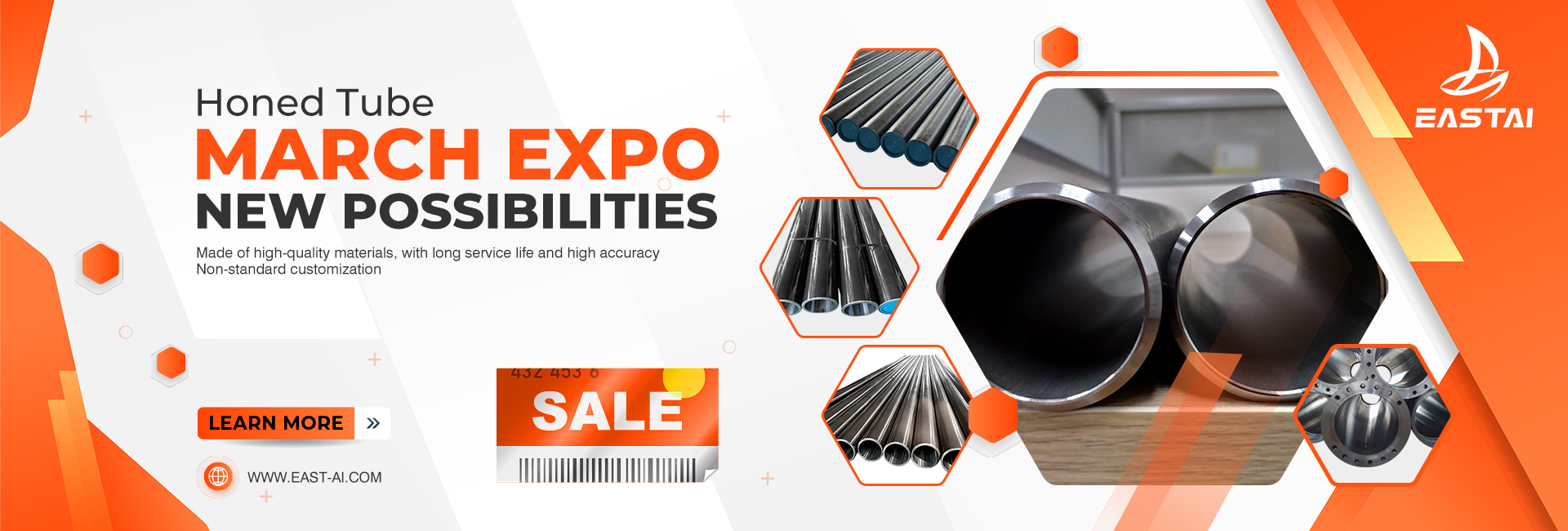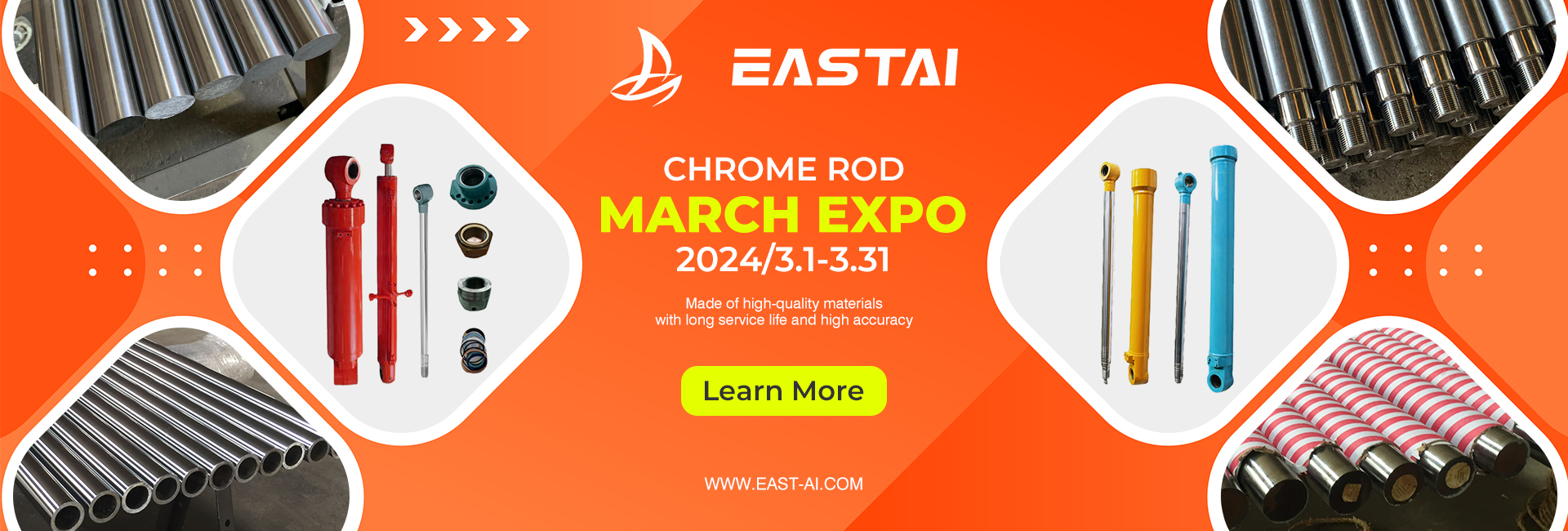What’s Manual Multi-Way Valve ?
Multi-way valves are devices that control the flow of fluids in different directions. They are widely used in various industries, including oil and gas, power generation, and chemical processing. Multi-way valves can be operated manually, mechanically, electrically, or pneumatically, depending on the application requirements. This article will focus on manual multi-way valves, their types, construction, working principles, applications, advantages, and disadvantages.
Manual Multi-way Valve Types
Manual multi-way valves are classified based on the number of ports and positions. There are three types of manual multi-way valves based on the number of ports: three-way, four-way, and five-way. The number of positions in manual multi-way valves can be two, three, or more. The most common manual multi-way valve is a four-way, three-position valve.
A three-way valve has three ports: one inlet and two outlets. The flow of fluid can be directed to either outlet depending on the position of the valve. Three-way valves are commonly used in applications that require switching between two outlets, such as diverting flow between two tanks.
A four-way valve has four ports: two inlets and two outlets. The flow of fluid can be directed between the two inlets and outlets or between one inlet and one outlet, depending on the position of the valve. Four-way valves are commonly used in applications that require changing the direction of flow between two systems, such as reversing the direction of a hydraulic cylinder.
A five-way valve has five ports: one inlet and four outlets. The flow of fluid can be directed to any of the four outlets, depending on the position of the valve. Five-way valves are commonly used in applications that require diverting flow between multiple systems, such as controlling the flow of air to multiple pneumatic cylinders.
Manual multi-way valves can have two, three, or more positions. Two-position valves have only two positions: open and closed. Three-position valves have three positions: open, closed, and a middle position that connects the two outlets. Multi-position valves have more than three positions and are used in applications that require precise control of fluid flow.
Construction of Manual Multi-way Valves
Manual multi-way valves consist of a body, a spool or piston, and an actuator. The body of the valve is usually made of brass, steel, or aluminum and contains the ports and passages that allow fluid to flow through the valve. The spool or piston is the internal component of the valve that controls the flow of fluid through the valve. The actuator is the mechanism that moves the spool or piston to different positions to control the flow of fluid.
The spool or piston of a manual multi-way valve is usually made of steel or brass and has one or more sealing elements that prevent fluid from leaking between ports. The spool or piston is moved by an actuator, which can be a manual lever, a handwheel, or a knob. The actuator is connected to the spool or piston by a stem that passes through the valve body.
Working Principle of Manual Multi-way Valves
The working principle of a manual multi-way valve is based on the movement of a spool or piston that controls the flow of fluid through the valve. In the neutral position, the valve ports are closed, and no fluid can flow through the valve. When the actuator is moved, the spool or piston moves to a different position, opening one or more ports and allowing fluid to flow through the valve.
In a three-way valve, the spool or piston has two positions: one that connects the inlet to the first outlet and another that connects the inlet to the second outlet. When the spool or piston is in the first position, fluid flows from the inlet to the first outlet, and when it is in
the second position, fluid flows from the inlet to the second outlet.
In a four-way valve, the spool or piston has three positions: one that connects the inlet to the first outlet, one that connects the inlet to the second outlet, and a neutral position where no ports are open. When the spool or piston is in the first position, fluid flows from the inlet to the first outlet, and when it is in the second position, fluid flows from the inlet to the second outlet. In the neutral position, both outlets are closed.
In a five-way valve, the spool or piston has four positions: one that connects the inlet to the first outlet, one that connects the inlet to the second outlet, and two that connect the inlet to the third and fourth outlets, respectively. When the spool or piston is in one of the four positions, fluid flows from the inlet to the corresponding outlet.
Applications of Manual Multi-way Valves
Manual multi-way valves are used in various industries, including oil and gas, power generation, and chemical processing. Some of the common applications of manual multi-way valves are:
- Hydraulic Systems: Manual multi-way valves are used in hydraulic systems to control the direction of fluid flow. For example, a four-way valve can be used to control the direction of fluid flow in a hydraulic cylinder.
- Pneumatic Systems: Manual multi-way valves are used in pneumatic systems to control the flow of compressed air. For example, a five-way valve can be used to control the flow of compressed air to multiple pneumatic cylinders.
- Chemical Processing: Manual multi-way valves are used in chemical processing to control the flow of chemicals. For example, a three-way valve can be used to divert the flow of chemicals between two tanks.
- HVAC Systems: Manual multi-way valves are used in heating, ventilation, and air conditioning (HVAC) systems to control the flow of water or refrigerant. For example, a four-way valve can be used to control the direction of refrigerant flow in a heat pump.
Advantages of Manual Multi-way Valves
- Manual multi-way valves are simple and reliable.
- Manual multi-way valves can be operated without the need for electricity or air pressure.
- Manual multi-way valves are easy to install and maintain.
- Manual multi-way valves can be used in a wide range of applications.
Disadvantages of Manual Multi-way Valves
- Manual multi-way valves require manual operation, which can be time-consuming and labor-intensive.
- Manual multi-way valves cannot provide precise control of fluid flow.
- Manual multi-way valves can be difficult to operate in hard-to-reach locations.
- Manual multi-way valves can be prone to leakage if not maintained properly.
Manual multi-way valves are important components in various industries, including oil and gas, power generation, and chemical processing. They are simple, reliable, and can be used in a wide range of applications. Manual multi-way valves come in different types, including three-way, four-way, and five-way, and can have two, three, or more positions. Although manual multi-way valves require manual operation, they are easy to install and maintain and can be operated without the need for electricity or air pressure. However, they cannot provide precise control of
be prone to leakage if not maintained properly.
Mmanual multi-way valves offer a cost-effective solution for controlling fluid flow in various applications where precise control is not required. They are a simple and reliable option for industries that require manual operation, and they are easy to install and maintain. While they do have some limitations, these can be mitigated through proper maintenance and care.
It is important to choose the right type of manual multi-way valve for your application, and to ensure that it is installed and maintained correctly. Regular maintenance and inspection can help to prevent leaks and ensure that the valve is operating as intended. If you are unsure about which type of manual multi-way valve is best for your application, it is recommended to consult with a valve specialist who can provide expert advice and guidance.
Post time: Mar-09-2023




